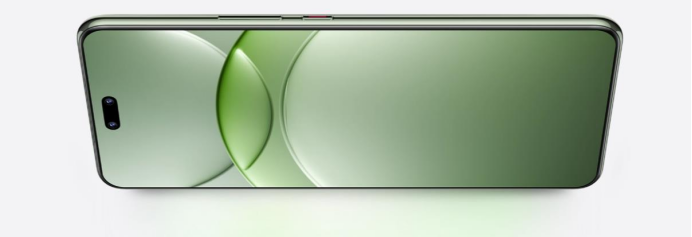A friend of mine met his wife on Twitter a few years ago. Because he was away travelling at the time, they didn’t go on a real-life date until two months into their courtship. Initially, his wife found his online persona a bit blunt. It wasn’t until they switched from text to voice messages their connection really flourished.
My friend says he’s had similar feedback in the past – somehow his kind and curious nature is flattened into something harsher in text form. “So much more is communicated when you use your voice,” he says.
Ever since the invention of writing, the pendulum of mainstream human communication has swung between the written and spoken word, as different inventions favoured one form or the other: letters, books, telephones, radio, TV, SMS and instant messaging (used by 2 billion people each month on WhatsApp alone).
And while we may feel these forms are interchangeable, as the American historian Walter Ong writes: “Technologies are not mere exterior aids but also interior transformations of consciousness, and never more than when they affect the word.” The forms we use to communicate affect what we say, how we say it and the way our message is received. “The medium is the message,” media theorist Marshall McLuhan says.
The line between the spoken and the written is increasingly blurred by new communication tools. Text messaging is more like a verbal conversation than an email or a letter, while voice messages have elements of written forms in that the element of dialogue is interrupted. “Writing initiated … the separation of the spoken word from the living present,” says Ong.

Lisa Fritsch, a German journalist and expert on how voice messages are used in messaging apps, says communication mediums sit on a continuum depending on how much they feature real-time dialogue, and how formal or informal the language is. Face-to-face conversation is the most informal and synchronous while academic writing is the opposite – and voice messages are somewhere between phone calls and texting.
Fritsch studied the use of voice messages among international students, who told her they preferred them because their speed made them more practical, they allowed for more complexity and they were emotionally richer and more intimate. “I think with people you know well, like your parents or your best friends, you really like to have oral communication,” Fritsch says. “For example, it’s so much easier to make jokes through voice messages, and you can live a little bit with a friend you miss, or if you’re really sad, then you really hear that in the voice.”
As communication has moved increasingly online in recent decades, it might seem that writing has become the primary way we communicate, but it’s worth keeping in mind, as Ong points out, “oral expression can exist and mostly has existed without any writing at all, writing never without orality”. Sign language is also dependent on oral speech systems, according to Ong. “Language is so overwhelmingly oral that of all the many thousands of languages spoken in human history … most have never been written at all.”
Verbal communication is so natural to us it makes sense the pendulum might swing back in its favour with its integration into instant messaging – an “oral communication revival”, as Fritsch puts it. Voice memos were first introduced into messaging apps by WhatsApp in 2013. Use of the feature has slowly risen in the years since, but the pandemic – along with fresh uses on dating apps – seems to have accelerated its uptake.
You can see the appeal: you get the intimacy and sensory richness of a phone call, but you can choose when to listen, and when to respond. It’s the on-demand culture of music and movies, migrated to phone calls.
Yet I find myself texting back or scheduling a phone call in response – eager for the immediate back-and-forth of a synchronous conversation. I don’t find my friend’s texts blunt (now that I know him), but if he has shared an interesting idea then I want to explore it in real time.
Here’s a good example. When I started researching this column, I sent my friend a voice message explaining the theme and asking him why he likes voice messages so much. Only he never replied. When I finally cornered him into a phone call, I got not only the delightful backstory to his marriage, but a fascinating conversation about why we each prefer our different mediums.
For some reason, voice messages give me a kind of stage fright, as though I’m making a speech to a roomful of people rather than talking to a friend – but they’re fun to play around with. We can get stuck into habitual ways of connecting with others, forgetting there are other options at our fingertips. As the tyranny of the pandemic keeps our worlds small, why not change up these habits and see what happens?
Like this guy …




